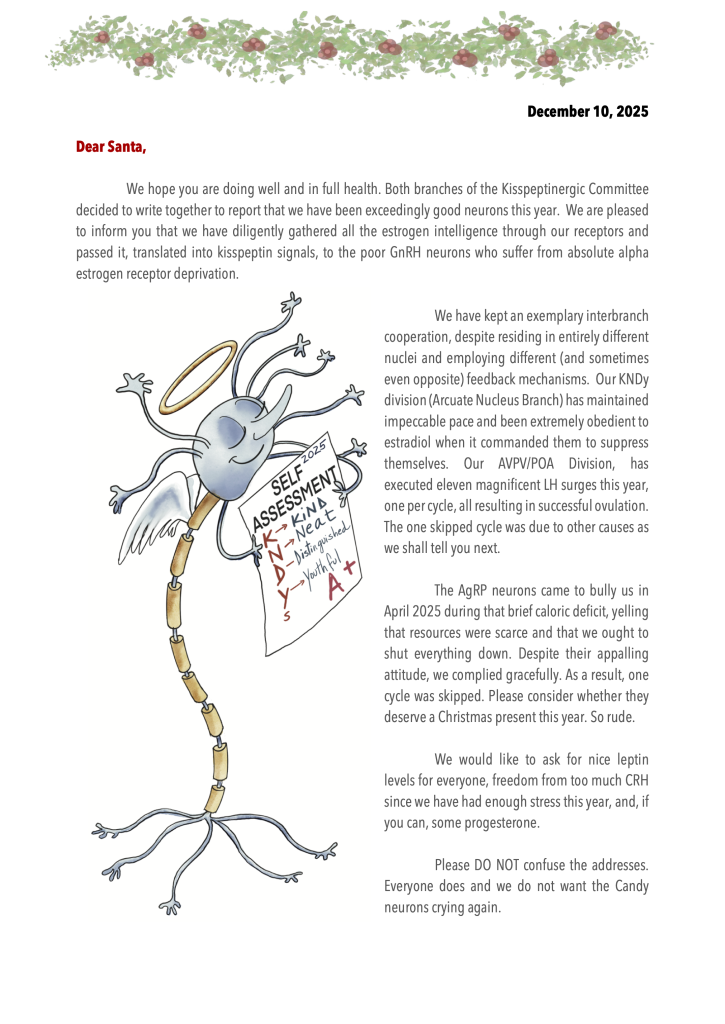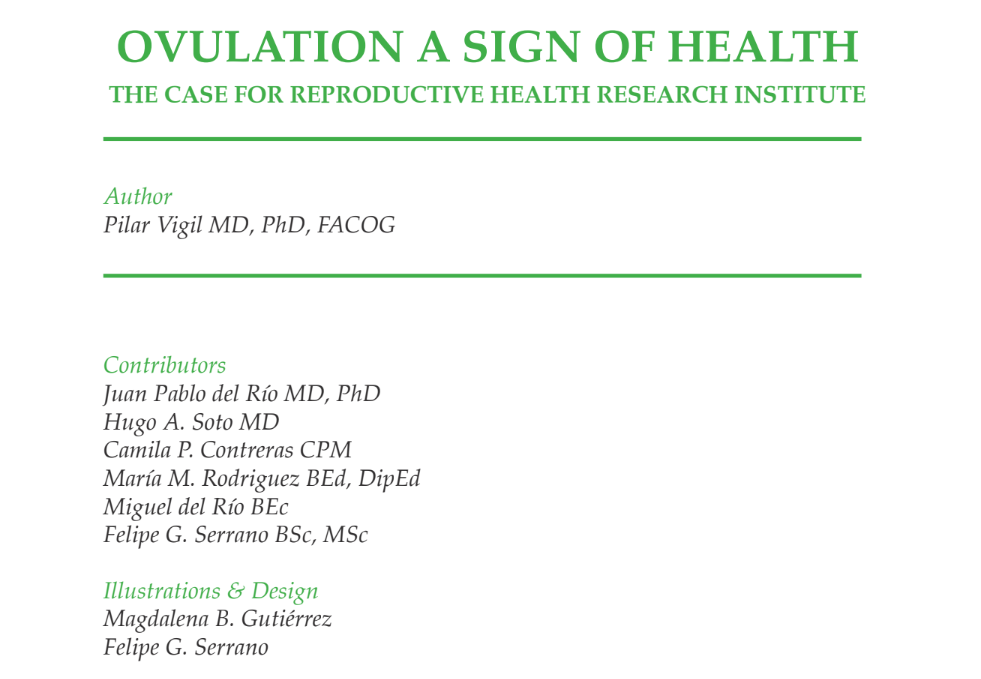By: Vigil, P., Orellana, R. F., Cortés, M. E., Molina, C. T., Switzer, B. E., & Klaus, H.
Abstract
Introduction: Neurophysiological and behavioral development is particularly complex in adolescence. Youngsters experience strong emotions and impulsivity, reduced self-control, and preference for actions which offer immediate rewards, among other behavioral patterns. Given the growing interest in endocrine effects on adolescent central nervous system development and their implications on later stages of life, this article reviews the effects of gonadal steroid hormones on the adolescent brain. These effects are classified as organizational, the capacity of steroids to determine nervous system structure during development, and activational, the ability of steroids to modify nervous activity to promote certain behaviors. During transition from puberty to adolescence, steroid hormones trigger various organizational phenomena related to structural brain circuit remodeling, determining adult behavioral responses to steroids or sensory stimuli. These changes account for most male-female sexual dimorphism. In this stage, sex steroids are involved in the main functional mechanisms responsible for organizational changes, namely myelination, neural pruning, apoptosis, and dendritic spine remodeling, activated only during embryonic development and during the transition from puberty to adolescence. This stage becomes a critical organizational window when the appropriately and timely exerted functions of steroid hormones and their interactions with some neurotransmitters on adolescent brain development are fundamental. Thus, understanding the phenomena linking steroid hormones and adolescent brain organization is crucial in the study of teenage behavior and in later assessment and treatment of anxiety, mood disorders, and depression. Adolescent behavior clearly evidences a stage of brain development influenced for the most part by steroid hormones.







